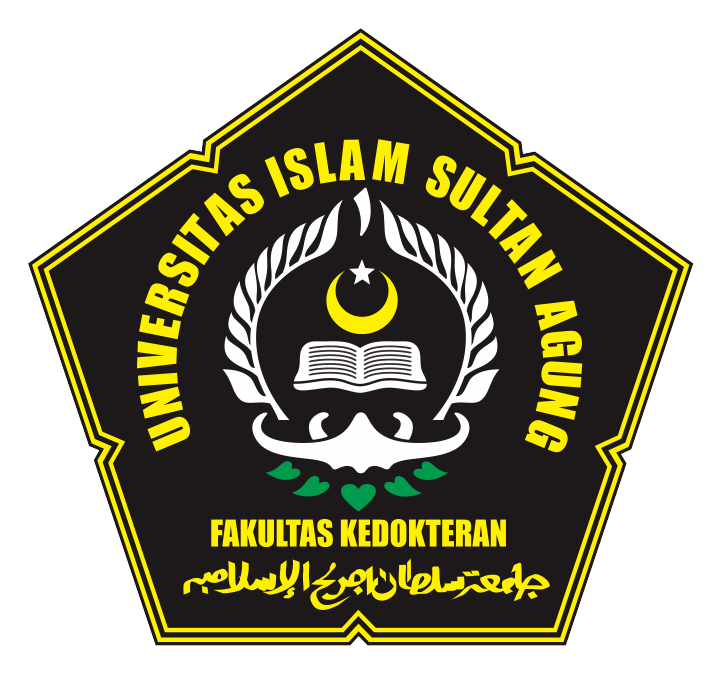The emerging concept of successful aging is based on evidence that in healthy individual when they get aged, there are considerable variations in physiological functions alteration. Some people exhibiting greater, but others very few or no age related alteration. The first is called poor aging and the later is called successful pattern of aging (Lambert SW, 2008). Thus, in the simple words the successful aging concept is define as an opportunity of old people to stay active and productive condition despite they get aged chronologically. Aging itself might be defined as the progressive accumulation of changes with time associated with or responsible for the ever-increasing susceptibility to disease and death which accompanies advancing age (Harman D, 1981). The time needed to accumulate changes is attributable to aging process. The marked emerging questions are how does aging happen and where does aging start?
To answer these questions and because of the complexity of aging process, there are more than 300 aging theories have been proposed to explain how and where aging occured and started respectively. There are too many to enumerate theories and classification of aging process. In summary, all of these aging theories can be grouped into three clusters: 1. Genetics program theory, this theory suggests that aging is resulted from program directed by the genes; 2. Epigenetic theory, in these theory aging is resulted from environmental random events not determined by the genes; 3. Evolutionary theory, which propose that aging is a medium for disposal mortal soma in order to avoid competition between organism and their progeny for food and space, did not try to explain how aging occur, but possibly answer why aging occur (De la Fuente. 2009). Among the three groups of aging theories, the epigenetic theory is useful to explain and try to solve the enigma of aging which is prominently caused by internal and external environmental influences.
There are gradual decline of physiological functions in human after becoming adult in life. The declining of physiological functions might be define as decrease in protein synthesis capacity, bone mineral density, immunological function, strength and muscle mass, and otherwise increase in fat accumulation (Rudman D, et al. 1982; Charmpilas N, et al. 2015). Epidemiologic study indicated that the predominant cause of morbidity, mortality, and reduced longevity in cohort were acute and chronic inflammatory as well as oxidative stress, resulted from environmental inflammations, infections, obesity, and social distress. Acute inflammatory is commonly caused by biological agent, especially both or either bacterial and or viral, whereas chronic inflammatory is related to environmental inflammagen, obesity, and social distress (Sone H et al. 2010) Chronic oxidative stress injures cells particularly in regulatory sytem such as endocrine, nervous, immune, and the neuro-endocrine immune communication by wich cell loss its homeostasis regulatory and cannot preserve health (De la Fuente. 2009). Subsequently, it will impaire homeostasis that leads to an increase in the morbidity and mortality of aging. Likely, answer to the question of where aging start is from the mitochondrial cells of regulatory system. Various evidences indicate that the rate of mitochondrial oxygen radical generation, the degree of membrane fatty acid unsaturation, and oxidative damage to mitochodrial DNA are lower in the long-live species compared to short live species (Braja G, 2004). Several studies also indicate that majority of human adults die due to complication of atherosclerosis, cancer, dimentia, whereas in healthy age  invariably accompanied by muscle weakness, and make them frail, disabled, and dependent before eventually died. Such disability prominently caused by skeletal muscle weakness due to diminution of muscle mass and its nerve, osteoarthrirtis, and others chronic degenerative diseases related to oxidative stress (Payton OD, et al. 2012) Furthermore, physical weakness in aging people, generally marked by imbalanced, immobility, low durability, and physical frailty. Consequences of such physical frailty are easy to fall, bone fracture, dependence, hence decreasing daily activity (Buchner DM, et al. 1992; Lambert SW, 2008)
To ameliorate the impairment of homeostasis, a caloric restriction but not malnutrition diet and adequate exercise (aerobic, resistance, and streching) can be adopted to neutralize as part of the oxidative and inflammatory stress and to strengthen and increase muscle mass (Payton OD, et al. 2012; Park S, et al. 2012). In special individual condition, like as overweight or obesity, smoker and frequently use of mobile phone, proper antioxidant supplementation can be considered. In addition, caloric restriction, food intake is intentionally reduced by 30–50% has been shown to delay the aging process in mice by decreasing the levels of histone deacetylase2 (HDAC2), which other wise increases during the normal aging process (Mercken EM, et al. 2012).


